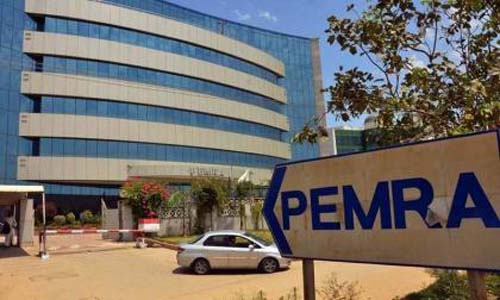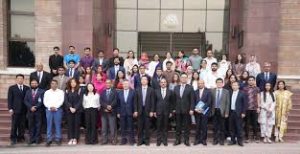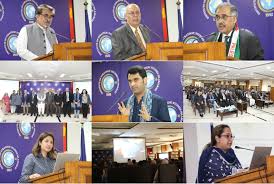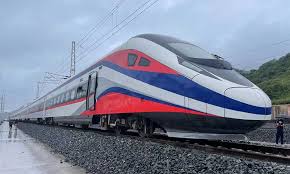PEMRA exploring new regimes for licencing: Economic Survey

Islamabad: Pakistan Electronic Media Regulatory Authority (PEMRA) as the regulator for electronic media and its distribution services in Pakistan was exploring new regimes for licensing such as Television Audience Measurement (TAM) services, OTT (Over the Top), Teleporting, etc which would generate more job opportunities for the people in Pakistan, according to Economic Survey 2021-2022 on Thursday.
The economic Survey 2021-22 released during a press conference by Minister for Finance and Revenue Miftah Ismail along with Minister for Planning and Development Ahsan Iqbal and Minister for Power Khurram Dastgir.
The growth of the media industry in Pakistan has multiplied rapidly during the last decade and now this sector is contributing considerably in building broadcasting apparatus in the major cities of Pakistan and generating a large number of job opportunities for the youth, aspirants to pursue a career in electronic media, the survey said.
Over the period, a cumulative investment of approximately US$4 to US$5 billion has been estimated in the electronic media industry of Pakistan. The media industry in Pakistan was providing employment to more than 300,000 people in the field of journalism, management and technical. However, with the growing landscape of the media industry, significant employment opportunities were expected in the coming 3 to 5 years.
Besides collecting advance tax from licensees at the time of issuance of licenses and their renewal, PEMRA has deposited Rs 2,214,000 in the Federal Consolidated Fund (FCF) upto December 2021.New licensing of Direct-to-Home (DTH), satellite TV channels, FM radios and teleport services would contribute in accommodating youth in different fields.
In this regard, 3 licences for launching DTH in Pakistan have been approved by the Authority. One company, i.e. M/s Shahzad Sky (Pvt.) Ltd. is going to start its DTH services. This would be a huge project and help in giving impetus to Pakistani media in terms of technology and revenues. Moreover, new licences would
inject investment of approximately US$ 2 to US$ 3 billion in various projects.





